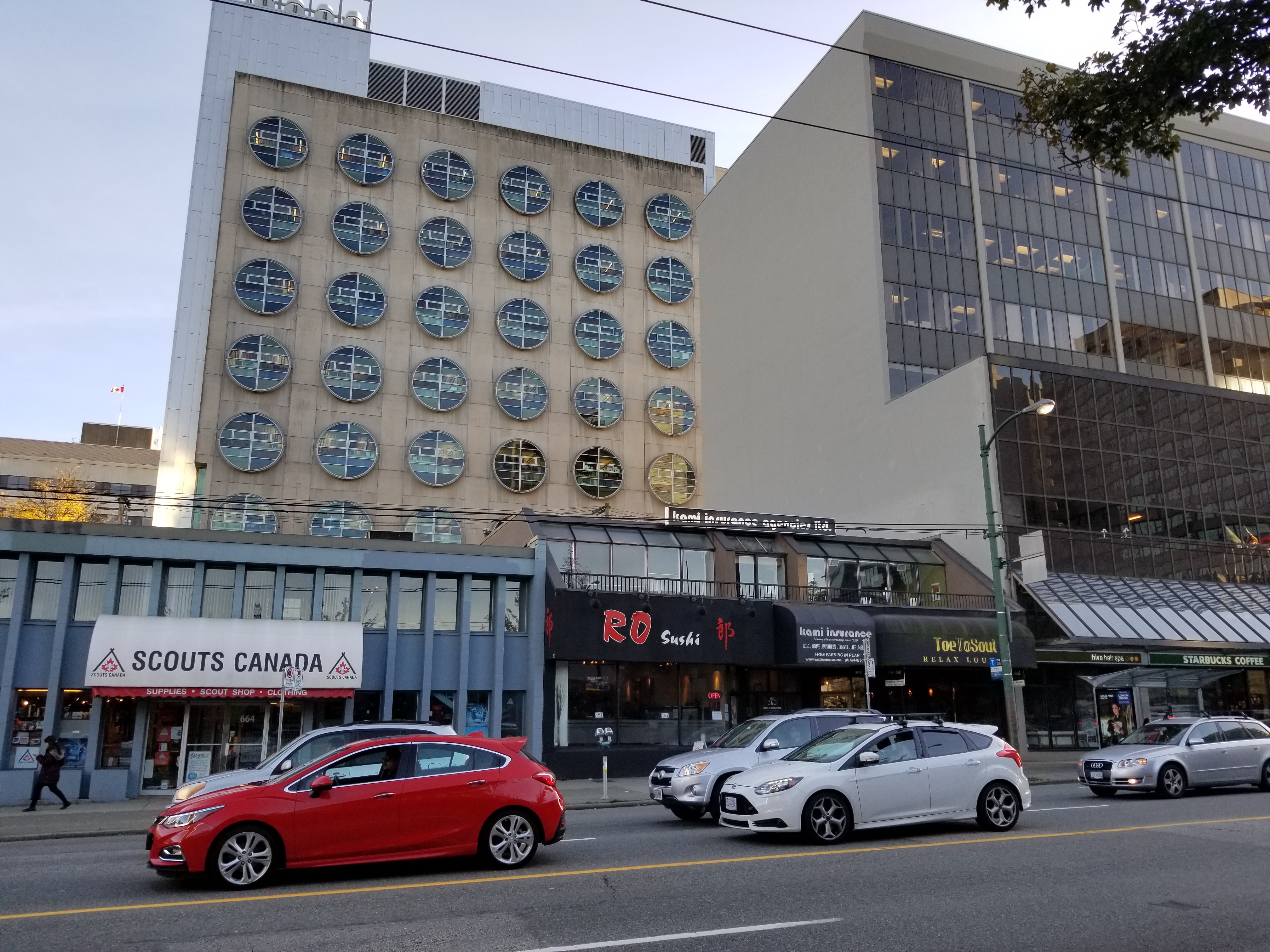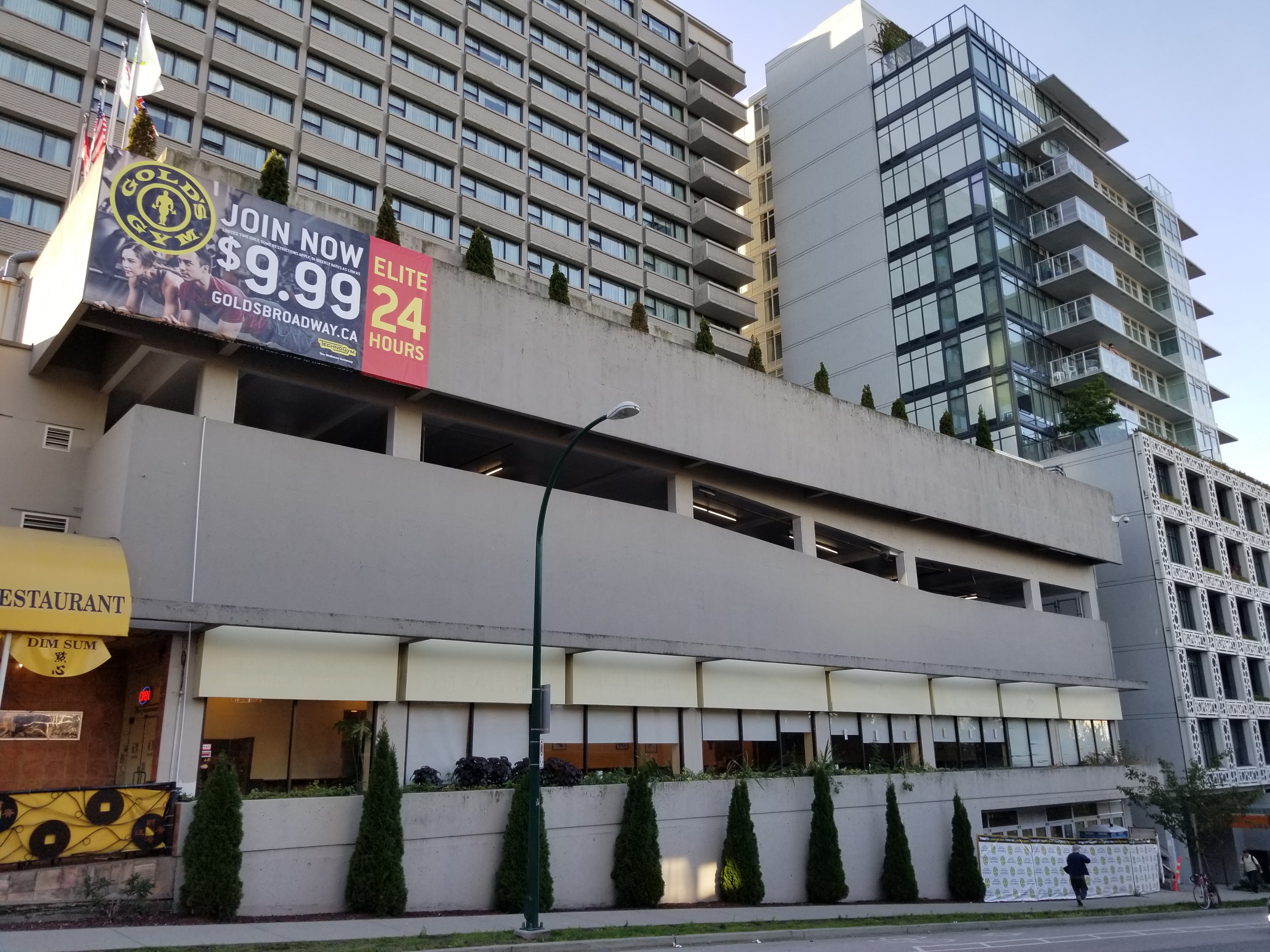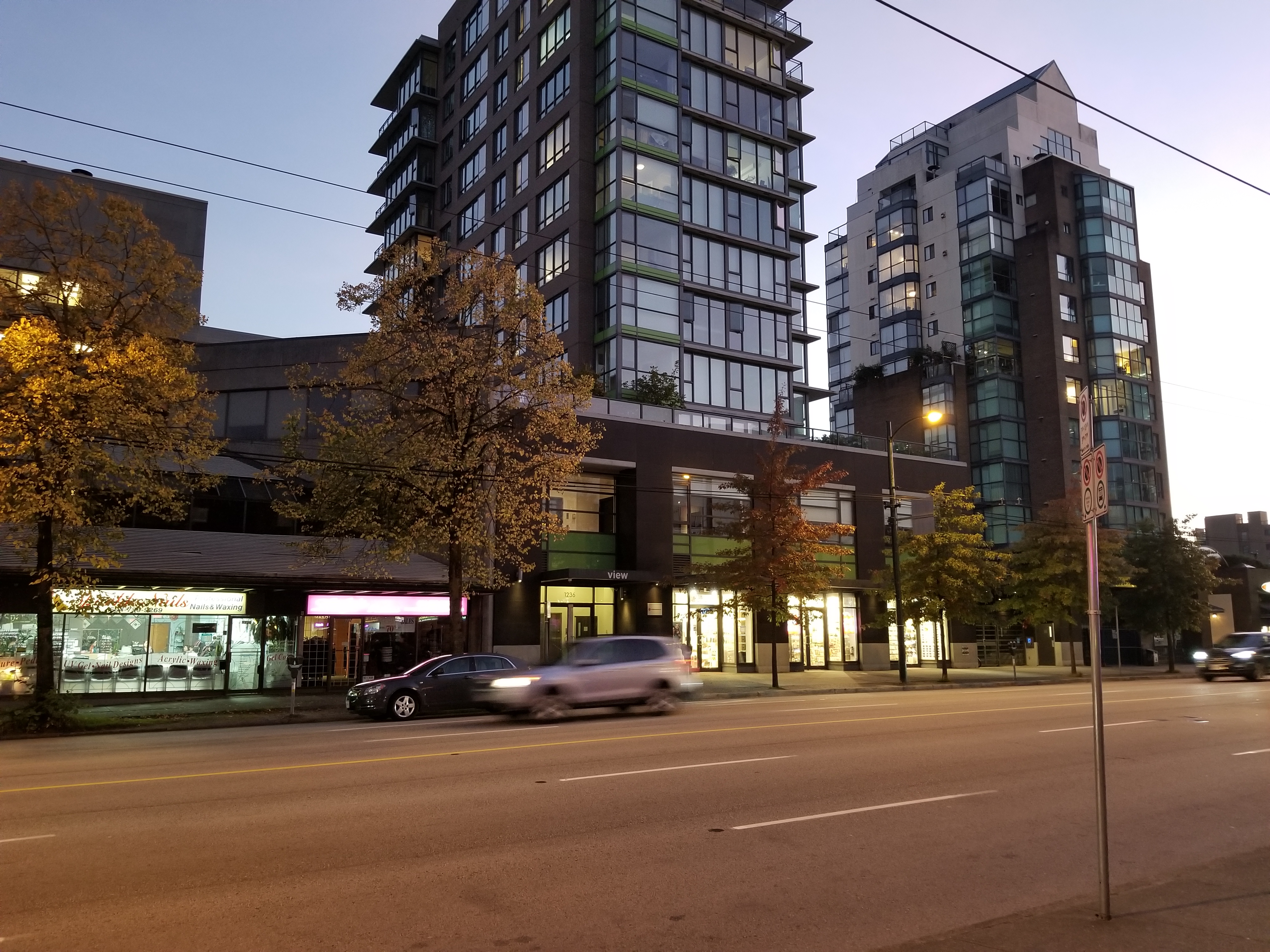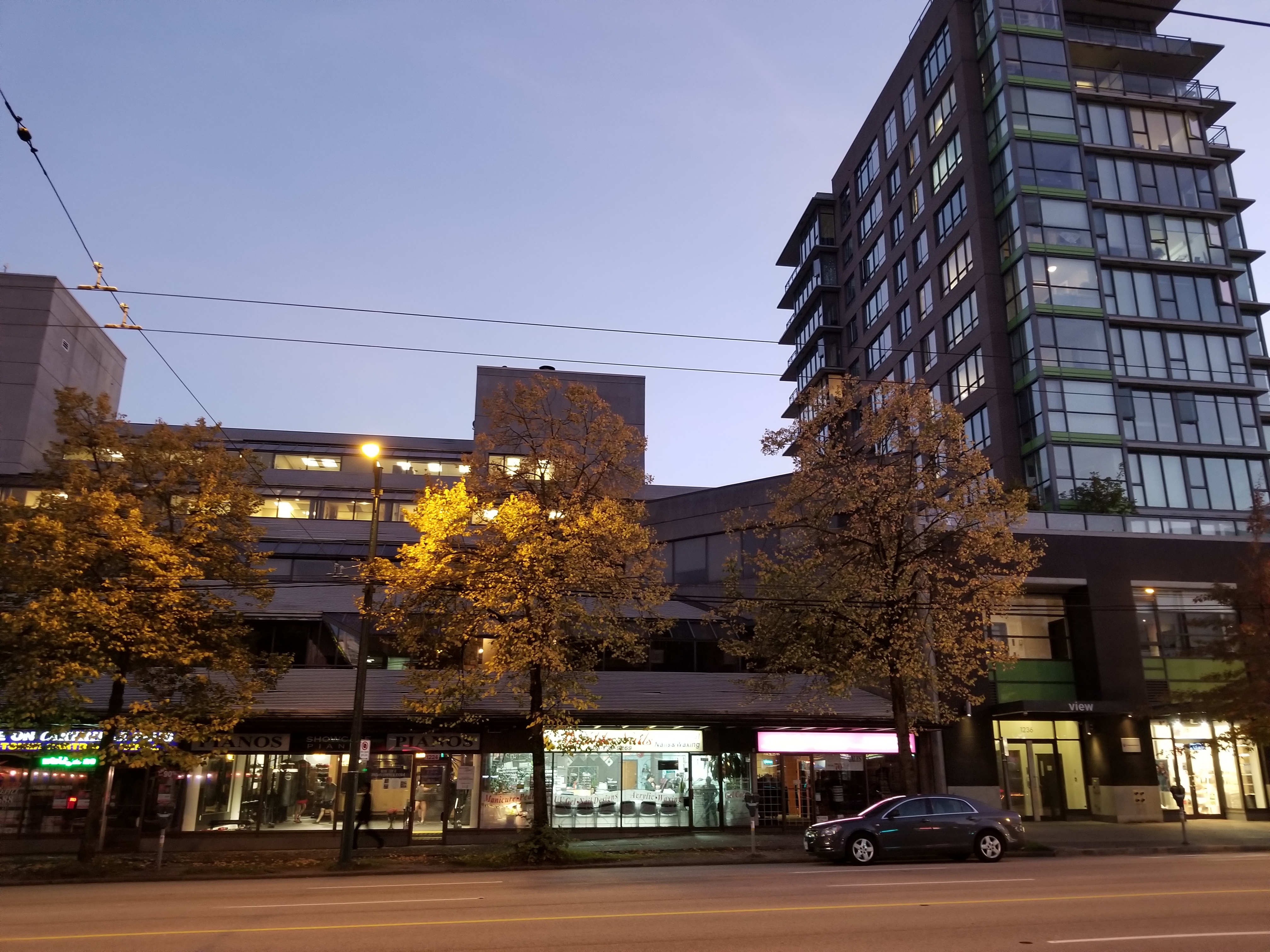
Part of an extensive system of ship canals linking the great waterways of Soviet Russia with the sea, the Moskva-Volga Canal enables vessels to pass from the Volga to the Moskva, the river on which lies the capital city of Moscow.
THE opening to navigation of the Moskva-Volga Canal on May 1, 1937, marked the inauguration of one of the greatest engineering achievements in the Union of Soviet Socialist Republics – generally referred to as Russia by English-speaking people. The canal is one of the major works built under the Second Five-Years Plan.
The canal is about eighty miles long and unites the waters of the Volga with those of the Moskva River, on which lies Moscow, capital of the Soviet Union. Huge reservoirs have been built to add to the water supply and to generate electricity. Elaborate surveys preceded the preparation of the plans, and the machines used in the work of excavation and construction were of the most advanced types. The equipment of the canal is a masterpiece of engineering on a vast scale.
The Moskva-Volga Canal serves a wider range of purposes than a canal designed for seagoing ships or for inland water transport. Special problems had to be surmounted by the engineers in addition to the geographical problem of overcoming the watershed between the two rivers that prevented the building of the canal on one level.
The completion of the canal provided Moscow with a waterway available for vessels of large carrying capacity and with an outlet to the most important water transport route of the Soviet Union – the Volga River and the Volga-Baltic water system. The chief object was to make Moscow a great inland port forming the hub of a system of waterways extending to the Baltic, the White Sea, the Caspian and, on the completion of the Volga-Don Canal, to the Sea of Azov and thence to the Black Sea. A secondary object was to provide Moscow with a greatly increased supply of water for domestic and industrial uses.
Moscow is approximately on the same latitude as Edinburgh. The mighty Volga, the longest river in Europe and navigable for most of its course of about 2,400 miles, flows north of Moscow in an easterly direction and then swings to the south and empties itself into the Caspian Sea.
The Moskva was too shallow for deep-draught vessels to proceed from the capital to the Oka River, which joins the Volga at Gorki (formerly Nizhni-Novgorod), and then to descend the Volga to the Caspian. Such vessels were equally unable to take advantage of the Mariinsk river system and the recently built Baltic-White Sea Canal, to gain the White Sea, nor could they go through the Ladoga Canal and the River Neva to the Baltic. The shoals and sandbanks of the Moskva obstructed regular water transport in summer.
The Moskva-Volga Canal has not only made the city a port for large vessels, but has also considerably shortened the water transport route. It has reduced the distance from Moscow to Gorki by sixty-eight miles. The saving on the route via Leningrad to the White Sea is no less than 1,100 kilometres (about 683 miles). This remarkable reduction is due to the fact that the new canal short-circuits the previous winding route to Rybinsk, where the Mariinsk water system begins.
The Moskva-Volga Canal is the second step in the plan to link up all the seas to which the Soviet Union has access in Europe. The Baltic-White Sea Canal was the first. The Volga-Don Canal will be the third.
The Baltic-White Sea Canal cuts short the route between Baltic and White Sea ports by 2,200 miles, and avoids the journey by sea round the North Cape in Norway. Although the length of this canal is 142 miles, only twenty-five miles had to be excavated and equipped, the remaining distance being lakes and rivers.
The Moskva-Volga Canal is sixty-two miles shorter than the Baltic-White Sea Canal, but about seven times as much earth had to be excavated. It is in effect a continuation of the Baltic-White Sea Canal and, when the Volga-Don Canal is completed, Moscow is likely to become a remarkable inland port. Two harbours are being completed, one at the northern and the other at the southern end of the city.
In addition to its importance as a waterway, the Moskva-Volga Canal is almost equally important as a source of Moscow’s water supply.
The rapid rise in the prosperity of Moscow, the improvements in the conditions of the population and the development of industries led to an increase in the demand for water. But the supply was hampered by the fact that there was not sufficient water in the Moskva from which to draw.
The canal supplies water to Moscow for domestic and industrial needs to the quantity of 250,000,000 vedros a day (one vedro is equal to 2·71 Imperial gallons or 12·3 litres), which more than covers the needs of the capital.
The growth of the consumption of water would, it was recognized, entail a corresponding increase in the quantity of sewage and drainage water. These waters would be discharged into the Moskva. Although the methods of the purification of sewage water are constantly being improved, the pollution of the river would have been considerable as the current was too sluggish to carry the water away swiftly.
The building of the canal has made it possible to use the supplementary water from the Volga to wash the Moskva, and it has improved the condition of the capital. Formerly the shortage of water and the danger of pollution hindered schemes of improvement. In the aggregate the supply of Volga water to the Moskva wras brought up to 883 cubic feet a second.
Of the total length of the canal about thirteen miles are occupied by the water reservoir in the system of the canal, the remaining sixty-seven miles comprising the canal itself.
The route of the canal, from the Volga to the Moskva, begins five miles above the point where the Volga receives the waters of its tributary, the Dubna, which flows into it on the right bank.
Here formerly stood the village of Ivankovo which, in the spring of 1934, was removed and rebuilt on another site. From this point on the Volga to the Moskva the bed of the canal had to be excavated artificially.
Construction was particularly complicated because of the considerable elevation which begins a few miles from the Volga and extends for more than twenty-five miles along the course of the canal. This watershed, which made impossible a level waterway between the two rivers, has been surmounted by locks.
One series of locks, aided by powerful pumping stations, forces the Volga water up this staircase on the northern slope, and vessels are raised in stages in the locks. On the watershed reservoirs and hydro-electric stations have been built. Another set of locks has been arranged on the southern or Moscow side of the watershed.
In its course from the Volga to the Moskva, the canal trends to the southeast for thirty-four miles, when it approaches the town of Dmitrov. Then it turns south and approaches Insha Station, on the Savelovskaya Railway. Then it turns to the south-east, and proceeds in this direction to the village of Pestovo, situated at the confluence of the Rivers Cherna and Vyaz.
After this the canal turns to the south, cutting through the watershed between the two rivers. Then it turns to the west and approaches the village or lvakino, near the Klebnikovo Station on the Savelovskaya Railway. Here the canal takes a southerly direction and enters the Moskva at Shchukino, near the Pokrovskoye-Streshnevo Station on the White Russian-Baltic Railway.
In volume of earthwork and concrete work the Moskva-Volga Canal exceeds famous canals such as the North German Canal, the Central German Canal, the Manchester Ship Canal and the Suez Canal. The Panama Canal, the greatest work of this kind in the world, required a greater volume of excavation, but it is shorter. The total volume of earthwork on the Moskva-Volga Canal comprised 201,900,000 cubic yards; concrete and reinforced concrete work accounted for 4,070,000 cubic yards. On the Panama Canal the corresponding figures are 287,750,000 cubic yards and 3,267,000 cubic yards.
A period of five years was fixed by the Government for the completion of the canal. To carry out the task in this time demanded the application of the most scientific labour-saving methods and machinery, as well as perfect organization. An area of 5,000 square kilometres (1,930 square miles) was mapped from aerial photographs, and this survey was of the greatest assistance to the engineers in making their plans for the project. No fewer than 25,000 buildings which were located in the path of the route had to be removed to new sites; sometimes, as at Nankovo, this entailed moving complete villages. Over 1,500 motor vehicles, 112 locomotives and 147 steam shovels were used. About 450 miles of railway and hundreds of miles of highways and secondary roads were built to deal with the quantities of earth excavated.
Every possible method of mechanization was used according to the individual requirements of each item in the huge scheme. Blasting, hydraulicking with powerful jets of water from monitors, and dredging by floating dredgers aided the steam shovels in the work of excavating.
The total number of the structures is 294. These include eleven locks (ten on the canal route), three concrete and eight earthen barrages, six earthen dams, five pumping stations, eight hydroelectric power stations, seven railway bridges and ten road bridges. Among the major structures are the canal itself, the barrages with their floodgates and sluices, the hydro-electric stations, the pumping stations, and the harbours and wharves with their equipment for loading and discharging vessels. In addition there are numerous auxiliary works including guard and emergency gates, and gates and structures where the roads, railways and the canal intersect.
An example is the four-tracks reinforced concrete arch bridge which spans the canal at Khimki Station, a few miles distant from Moscow on the October Railway. To test the bridge when it had been completed four locomotives were sent across it simultaneously at a speed of forty miles an hour. At Lock No. 8, which is near the village of Shchukino, not far from Moscow, at the point where the canal joins the Moskva River, a double-track railway bridge crosses the lock.
To solve the many technical problems which had to be worked out before construction began, large research laboratories were built and equipped. Every aspect of the problems was investigated and the material of the canal bed was studied. All building and engineering material was tested and examined.
The Government took every step to encourage new ideas not only from experts but also from the men working on the canal in any capacity, however humble. Every man was afforded facilities for developing any idea he had for improving upon any method of work upon which he was engaged. If he had an idea for a new method his plan was examined. The most intricate and important structures on the canal are the eleven locks. Seven of them are in the canal proper, one is in the Volga, and two are in the Moskva. There is also a small lock in the Pererva River. The ten locks on the traffic route are of identical dimensions. Each is 951 ft. 6 in. long, 98 ft. 6 in. wide and 18 ft. 4½ in. deep. The small Pererva Lock, which is intended for the passage of smaller craft, is 180 ft. 6 in. long, 49 ft. 3 in. wide and 8 ft. 2 in. Deep.
In the direction from the Volga to Moscow, Lock No. 1 is at the entrance to the canal. Then comes a stretch of ten miles, beyond which is the first of the series of five locks forming the northern stairway. No. 2 Lock raises the water of the Volga 19 ft. 8 in. Beyond a level stretch of twenty-seven and a half miles is Lock No. 3. This and Locks Nos. 4, 5 and 6 carry the Volga waters up a further aggregate of 105 feet, each of these four locks raising the waters 26¼ feet.
On the top of the watershed the canal proceeds for thirty-one miles to Locks Nos. 7 and 8, which are a pair of twin chamber locks forming the southern stairway and leading the waters into the Moskva. Lock No. 8 is at the end of the canal proper and at a distance of eighty miles from Lock No. 1.
Locks Nos. 7 and 8 lower the water 53 ft. 6 in. and 64 ft. 7 in. Respectively – a total of 118 ft. 1 in., which is 6 ft. 7 in. above the level of the water of the Volga. Of the two locks in the Moskva, either of which lowers the waters 19 ft. 8 in., No. 9 is the Karamyshevo and No. 10 the Pererva Lock, not to be confused with the small lock in the Pererva River.
The locks are built to pass vessels up to a length of 613 ft. 6 in. and a beam of 88 ft. 7 in. They are large enough to lock through huge oil-carrying barges which have a displacement of 18,000 tons on a draught of 14 ft. 9 in.
One of the most important features of the locks is the method of filling them. The huge single- and double-chamber locks require to be filled with water in not longer than thirteen minutes. After extensive experiments had been made with models it was decided to fill the chambers through the head without using longitudinal galleries. In the upper head of the lock a descending gate of cement was built. The gallery through which the chamber is emptied is built in the lower head of the lock. Each chamber is built of reinforced concrete. The bottom is 13 ft. 1 in. thick; the width of the walls at the foundation is 16 ft. 4 in., and 3 ft. 3 in. at the top. Vessels are passed through the locks with the minimum of human labour, each lock having centralized automatic control. Any operation can be carried out by the pressing of a button. When a particular operation is completed, the machinery is stopped automatically by the terminal switch. If desired, any operation can be stopped at any stage by pressing the stop button.
A single dispatcher point is being built on the canal with distant control of all the pumping stations, and it will be able to start or to stop the pumps of any station. The control system was worked out in the control laboratories and experimental workshops of the Moscow Power Trust. By using the automatic system the dispatcher is able to dispense with the telephone.
He can follow the movements of ships and the processes of loading. He can also make a graph of the movements of the vessels, carry out the passing of the ships’ documents, keep account of the stopping places, and so forth. The level of the water in the canal is indicated automatically. At the dispatcher point are models of the locks on which are shown the level of the water and the positions of the lock gates.
The supply of automatic and other new apparatus is one of the most important factors in the rebuilding and development of the enormous water transport system of the Soviet Union. Automatic machinery makes it possible to cut down expenditure considerably. Moreover, it minimizes the risk of accidents by eliminating as far as possible the factor of human error.
Signals, lighthouses and buoys are lighted by electricity; and the lights on the buoys are switched on at dusk and off at dawn by an automatic device sensitive to daylight.
At the great Ivankovo Barrage the sluices are raised in pairs by two 150-tons cranes. This structure pens the Volga waters at the entrance to the canal and raises the level by 59 feet. The barrage simplified the work of raising the water up to the watershed. When the dams were completed and the water filled the great reservoir, the crossdams were blasted and the Volga flowed into the canal along its new course towards Moscow. Another huge dam, the Karamyshevskaya Dam, is situated at Karamyshevo, near Moscow.
The rivers in the Soviet Union afford much greater facilities for transport than those in Western Europe, and are, in extent, comparable to the great rivers of North America. Transport is prevented in winter by ice, as in North America. In the last few years the tonnage of goods and raw materials has steadily increased. Attention has been devoted also to speeding up the passenger services. Fast vessels, each carrying 150 passengers, are being placed in service; these vessels were specially designed for service on the Moskva-Volga Canal.





















